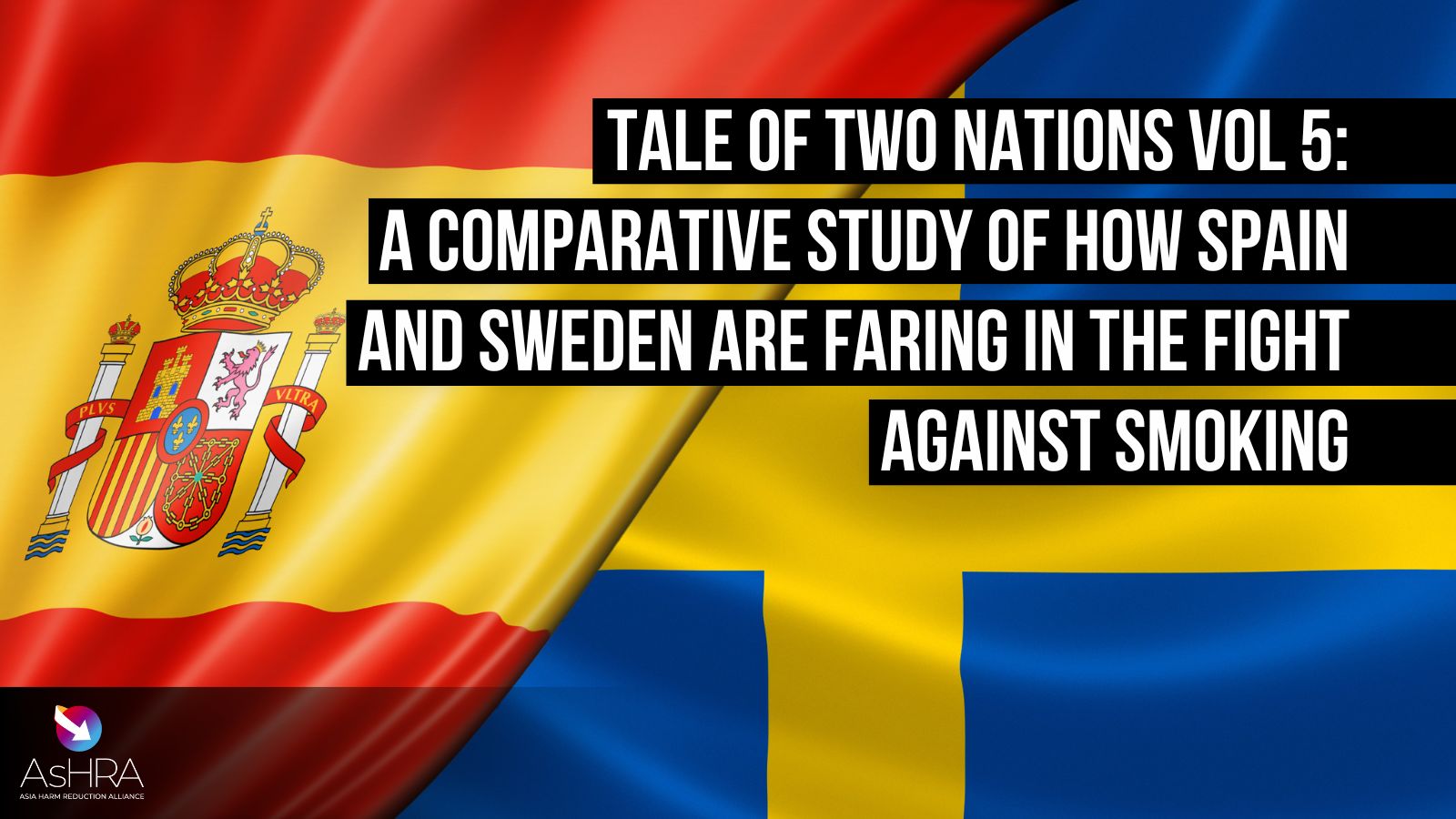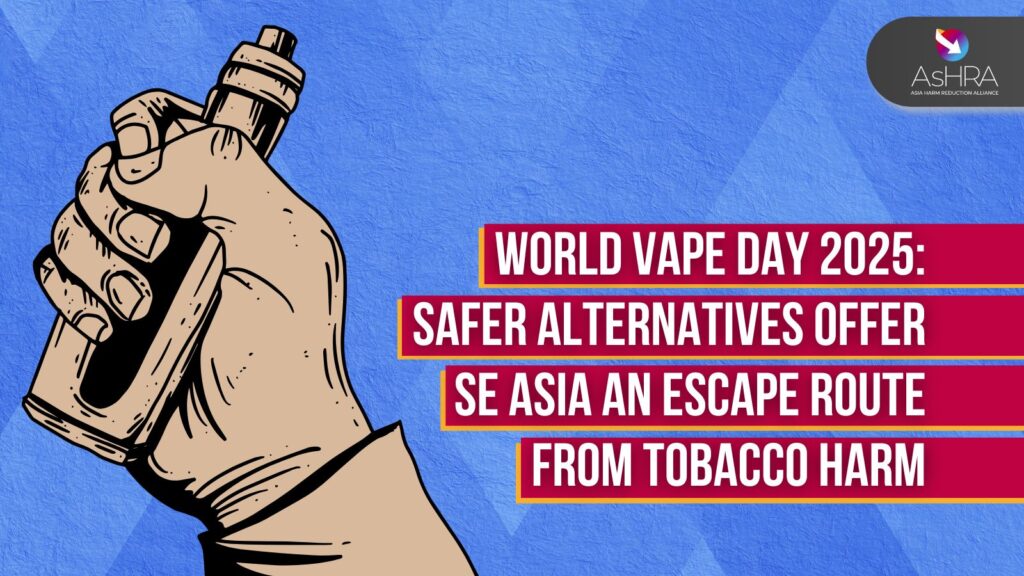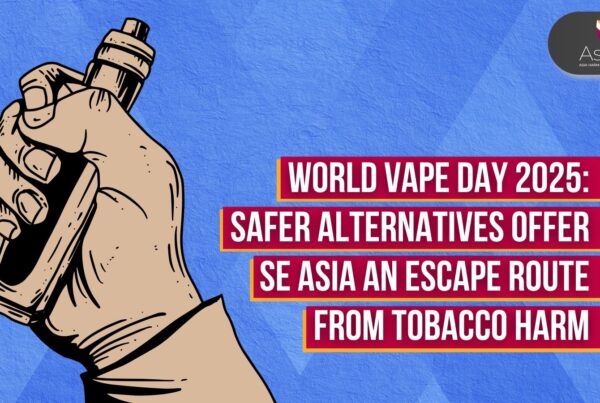A restrictive approach to safer smoke-free alternatives to cigarettes is hindering Spain’s fight against the toll of tobacco and putting tens of thousands of lives at risk, according to a major new report released today.
The report, Tale of Two Nations: Spain vs Sweden, highlights the stark contrast in public health outcomes between the two European nations, driven by their fundamentally different approaches to tobacco harm reduction.
While Sweden has embraced tobacco harm reduction strategies and achieved the lowest smoking rate in the EU at just 5.3%, Spain continues to struggle with a smoking rate five times higher at 25.8%.
The impact on public health outcomes is profound. Sweden’s cancer incidence is 41% lower than the European average, with a corresponding 38% lower rate of total cancer deaths.
The report finds that 30,865 Spanish deaths would have been averted if Spain had the same smoking-related mortality rates as Sweden from 2000 to 2019.
“The evidence is clear – harm reduction delivers results,” said Dr. Delon Human, a specialist family physician, global health advocate, and author of the report.

“Sweden has achieved its world-leading position by making safer nicotine alternatives accessible, affordable and socially acceptable, while Spain’s restrictive policies are threatening to undo recent progress.”
The report reveals that Sweden has successfully reduced its smoking rate by 54% since 2012 through a comprehensive approach that includes legal access to safer nicotine products, permitted advertising to raise awareness and proportional taxation that incentivises smokers to switch to less harmful alternatives.
In contrast, Spain is moving in the opposite direction. Despite recent data suggesting that increased use of vaping products may be contributing to declining smoking rates, the Spanish government is preparing to introduce a Royal Decree that would severely restrict access to safer alternatives through flavour bans and an excessively low nicotine cap.
“These measures directly contradict the most authoritative scientific evidence and risk undermining Spain’s recent progress by removing the very tools that could help more smokers quit,” the report states.
Key recommendations for Spain include:
- Making harm reduction a central pillar of tobacco control policy
- Ensuring access to safer alternatives for adult smokers
- Implementing proportionate taxation that encourages switching from cigarettes
- Preserving consumer choice by allowing flavours in smoke-free products
- Establishing science-based nicotine limits based on research
- Launching public awareness campaigns about the relative risks of different nicotine products
Related Posts
 Time to support Filipino vape law, not relitigate it
Time to support Filipino vape law, not relitigate it
Time to support Filipino vape law, not relitigate it
 Greens’ Plan To Legalise Nicotine Vapes Lauded
Greens’ Plan To Legalise Nicotine Vapes Lauded
Greens’ Plan To Legalise Nicotine Vapes Lauded
 Taiwan Vaping Ban Disappointing For Its Many Smokers
Taiwan Vaping Ban Disappointing For Its Many Smokers
Taiwan Vaping Ban Disappointing For Its Many Smokers
More about
Alcohol Harm Reduction
More about





